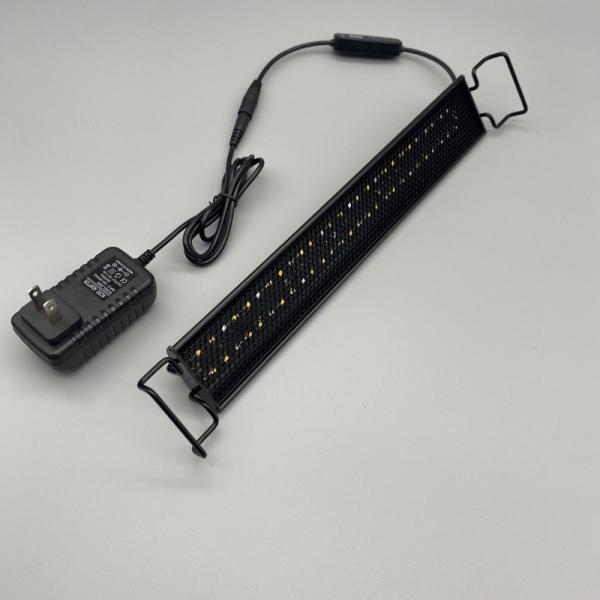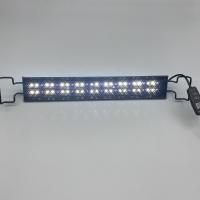The spotlight design of this light bulb is beneficial in several
ways. Firstly, it allows for a concentrated beam of light, which can be
directed to specific basking areas within the reptile enclosure. This mimics the natural situation where reptiles would seek out a
sunny spot to warm themselves. The spotlight can create a thermal gradient in the enclosure. For example, a chameleon can move to different areas within the
enclosure to adjust its body temperature according to its needs,
from a warmer basking area under the spotlight to a cooler shaded
area.
Chameleons: Chameleons are arboreal reptiles that require a well -
lit environment. The full - spectrum light with UVA/UVB helps them in maintaining
their color - changing ability (which is also related to light and
mood), and it provides the necessary UVB for their calcium
metabolism. They can position themselves under the spotlight to get the right
amount of light and heat they need for thermoregulation.
Lizards: Different species of lizards have different lighting
requirements, but most of them benefit from UVA/UVB light. Ground - dwelling lizards use the light to forage and to stay
active during the day. The spotlight can provide a warm basking area for them to digest
food properly, as their digestion is often temperature - dependent.
Snakes: While snakes are less reliant on UVB compared to some other
reptiles (as many snakes get their vitamin D3 from their diet), UVA
light is still important for their behavior and activity patterns. The spotlight can create a suitable warm area for snakes to
thermoregulate, especially for those species that are more active
during the day.
Amphibians: Some amphibians also require UVB light, although their
needs may vary depending on the species. The light can help in maintaining their overall health and can be
beneficial for their skin and immune system. The spotlight design can be adjusted to provide a gentle and
appropriate level of light for amphibians, taking into account
their more sensitive skin and eyes.
LED technology used in these bulbs is energy - efficient. Compared to traditional incandescent bulbs, they consume less
electricity while providing the necessary light spectrum. Additionally, LED bulbs generally have a longer lifespan, which
means less frequent replacement and more cost - effectiveness in
the long run for reptile owners.





